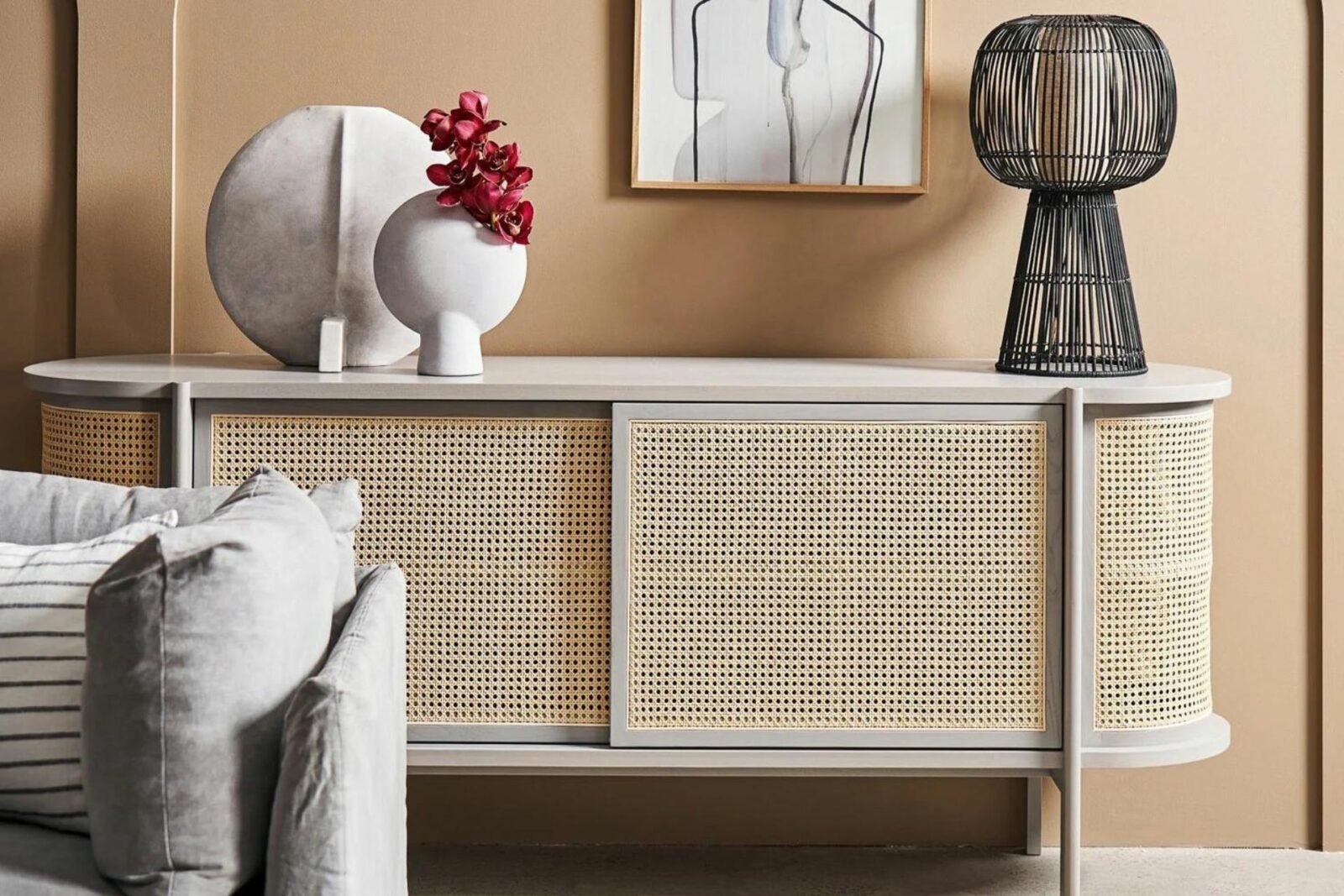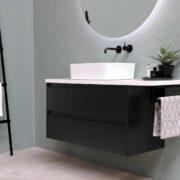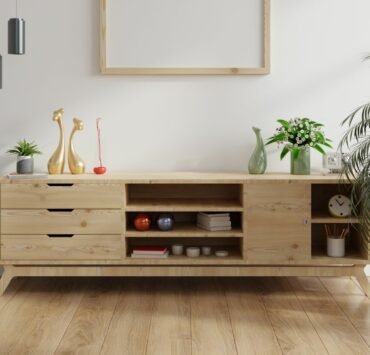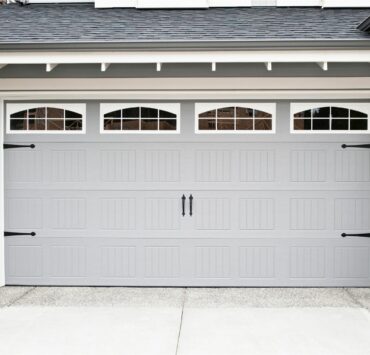Cane cabinets are a delightful fusion of function and aesthetics, perfect for those who value both utility and style. Adding to the appeal is the incredible durability of cane furniture, making it a long-lasting addition to your home. In this article, we explore the era of cane furniture, the unique meaning of cane in the context of furniture, and the differences between cane and rattan.
Understanding the Cane Aesthetic
“Cane” in furniture refers to the outer bark of the rattan plant—a slender, flexible, and robust vine that grows in the tropical regions of Asia, Africa, and Australia. Harvested and processed into strips, cane is woven to create intricate, lightweight designs, making cane furniture like cabinets, chairs, and tables exceptionally appealing.
The Classic Era of Cane Furniture
Cane furniture can be traced back to the Ancient Egyptians and gained prominence during the Victorian era, particularly in England, where it was considered exotic and fashionable. Over the centuries, cane furniture has maintained its charm and continues to be a favorite among interior designers and homeowners alike.
Cane and Rattan: The Twins with Distinct Personalities
Although the terms “cane” and “rattan” are often used interchangeably, they refer to different parts of the same plant. Rattan represents the entire plant, including the solid core, whereas cane refers to the thin, flexible outer skin. This thinness gives cane its flexibility, making it ideal for weaving into furniture.
Embracing the Durability of Cane Cabinets
Despite its delicate appearance, cane furniture is incredibly resilient. The rattan plant’s structure lends a robust, flexible characteristic to cane, making it withstand various weather conditions and daily wear and tear. This durability makes cane cabinets a smart choice for both indoor and outdoor use.
The Versatility of Cane Cabinets
From the bedroom to the kitchen, the cane cabinet adds a touch of elegance to any space. Its aesthetic appeal pairs with functionality to offer ample storage, all while enhancing your home decor.
Upgrading Your Space with a Cane Cabinet
Cane cabinets, with their natural charm, can easily blend into various interior styles, from contemporary to traditional, bohemian to minimalistic. As a young, vibrant, and professional remodeling expert, I can attest to the transformative power of a well-placed cane cabinet. Its unique texture and design can effortlessly bring a room together.
Sustainable and Stylish: The Win-Win of Cane Cabinets
Besides aesthetics and durability, cane cabinets also offer the advantage of being eco-friendly. As rattan, the source of cane, grows rapidly and is highly renewable, choosing cane furniture is a step towards sustainable living.
Cane Cabinets: A Timeless Addition to Your Home
Cane cabinets offer a breath of fresh air with their timeless elegance. Despite their ancient roots, they have a versatility that makes them relevant and desirable even today. They seamlessly bridge the gap between past and present, between fashion and function.
Cane Cabinets and Their Versatility in Home Styles
Cane cabinets, with their timeless allure and distinctive craftsmanship, have a remarkable ability to complement a wide array of home styles, enhancing the beauty of different spaces effortlessly.
Contemporary Homes
For those who love clean lines, light spaces, and a clutter-free aesthetic, a cane cabinet is a match made in heaven. Its streamlined design lends a sense of lightness and simplicity that’s characteristic of contemporary homes.
Vintage Charm
Cane furniture rose to popularity during the Victorian era, making it a perfect fit for homes that echo this vintage charm.
Bohemian Bliss
Boho style embraces a relaxed, lived-in vibe, where every piece tells a story. Given the rich history of cane furniture, a cane cabinet fits right into a boho-inspired interior.
Minimalist Spaces
For fans of minimalist style that champions ‘less is more,’ a cane cabinet is an excellent choice. The natural, pared-back aesthetic of cane aligns beautifully with the minimalist philosophy. A cane cabinet in a minimalist room not only offers practical storage but also adds an interesting textural element.
Coastal Vibes
Given its tropical origins, cane furniture including cabinets, naturally lends themselves to coastal or beach-themed homes. The light, airy feel of a cane cabinet, combined with its natural hue, perfectly complements a palette of blues and whites.
Care and Maintenance of Cane Cabinets
While cane cabinets are undoubtedly durable and hard-wearing, it’s essential to take proper care of them to maintain their beauty and longevity. Here are some simple tips to help you ensure your cane cabinet stays in top condition for years to come:
Regular Dusting
Dust can accumulate between the woven patterns of cane furniture. Regular dusting will prevent buildup and keep your cane cabinet looking its best. You can use a soft, dry cloth or a vacuum cleaner with a brush attachment to gently remove dust.
Gentle Cleaning
Every few months, or when necessary, you can give your cane cabinet a gentle cleaning. Use a soft cloth dampened with a solution of mild soap and warm water. Wipe the surfaces carefully, making sure not to soak the cane. After cleaning, it’s crucial to let the cabinet dry completely in a well-ventilated area to prevent moisture damage.
Avoid Direct Sunlight and Heat
Prolonged exposure to direct sunlight can fade and dry out cane, while excessive heat can cause it to dry out and crack. It’s best to position your cane cabinet away from direct sunlight and heat sources like radiators or fireplaces.
Manage Humidity Levels
Cane furniture likes moderate humidity. Too dry an environment can cause cane to become brittle, while too humid an environment can lead to mold. If necessary, use a humidifier or dehumidifier to keep the air in your home at a suitable humidity level.
Use Furniture Polish
To restore the shine to your cane cabinet, you can use a furniture polish designed for cane or wicker furniture. Always test the polish on an inconspicuous spot before applying it to the entire cabinet.
Regular Inspection and Repair
Check your cane cabinet regularly for any signs of damage or wear. If you notice any broken strands of cane, it’s best to have them repaired promptly by a professional to prevent further damage.
Conclusion
No matter what your preferred interior style may be, there’s a cane cabinet waiting to enhance your space. This adaptable piece of furniture, steeped in history yet brimming with contemporary appeal, truly transcends boundaries and eras.
FAQs about Cane Cabinets
How should I maintain my cane cabinet?
Cane furniture requires minimal maintenance. Regular dusting, occasional gentle washing, and avoiding exposure to extreme heat can help preserve its longevity.
Are cane cabinets susceptible to pests?
Cane furniture is less attractive to pests than other types of wood. However, ensuring a clean and dry environment can prevent any potential pest issues.
Can I customize my cane cabinet?
Absolutely! Cane cabinets can be painted, stained, or varnished to match your personal style and home decor.
Related posts:
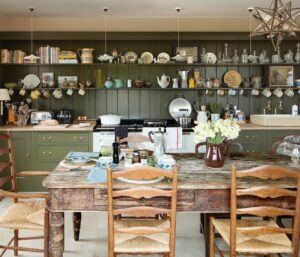 Aesthetic Vintage Farmhouse Kitchen Decorating Ideas For That Exudes A Rustic Vibe
Aesthetic Vintage Farmhouse Kitchen Decorating Ideas For That Exudes A Rustic Vibe
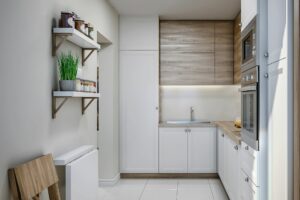 Clever Storage Solutions: Small Kitchen Cabinets and the Best Ideas
Clever Storage Solutions: Small Kitchen Cabinets and the Best Ideas
 Small but Stylish: Powder Room Design Ideas for a Chic and Functional Space
Small but Stylish: Powder Room Design Ideas for a Chic and Functional Space
 Retreat to Tranquility: Bedroom Design Ideas
Retreat to Tranquility: Bedroom Design Ideas
 Men’s Bedroom Design Ideas: Creating a Stylish and Masculine Retreat
Men’s Bedroom Design Ideas: Creating a Stylish and Masculine Retreat
